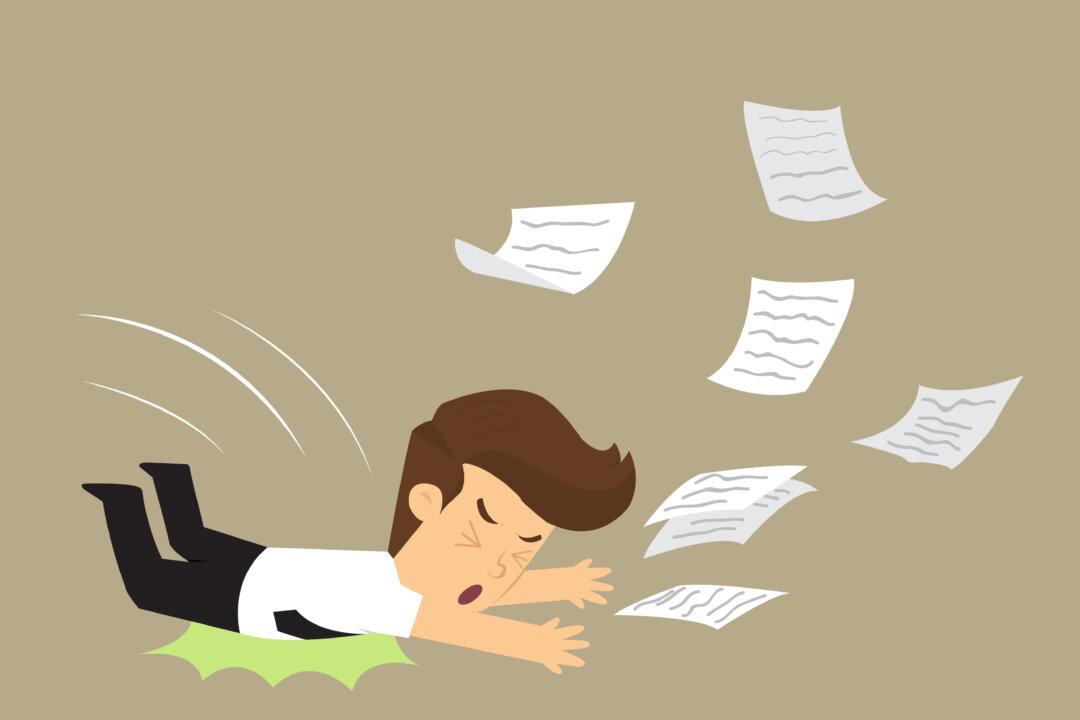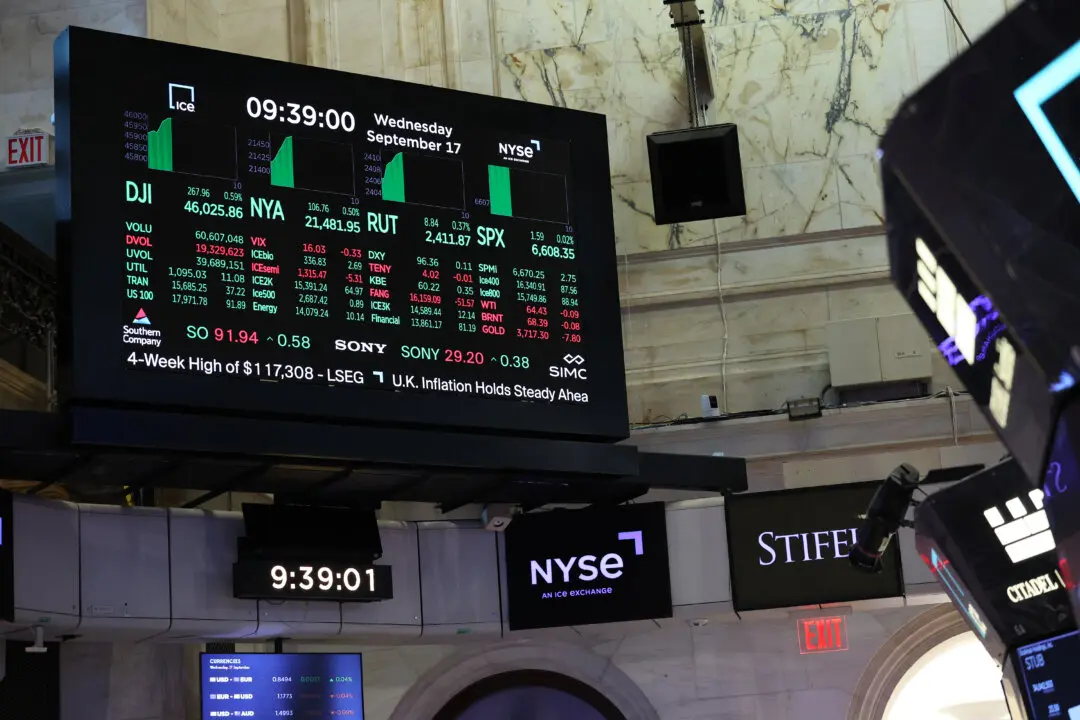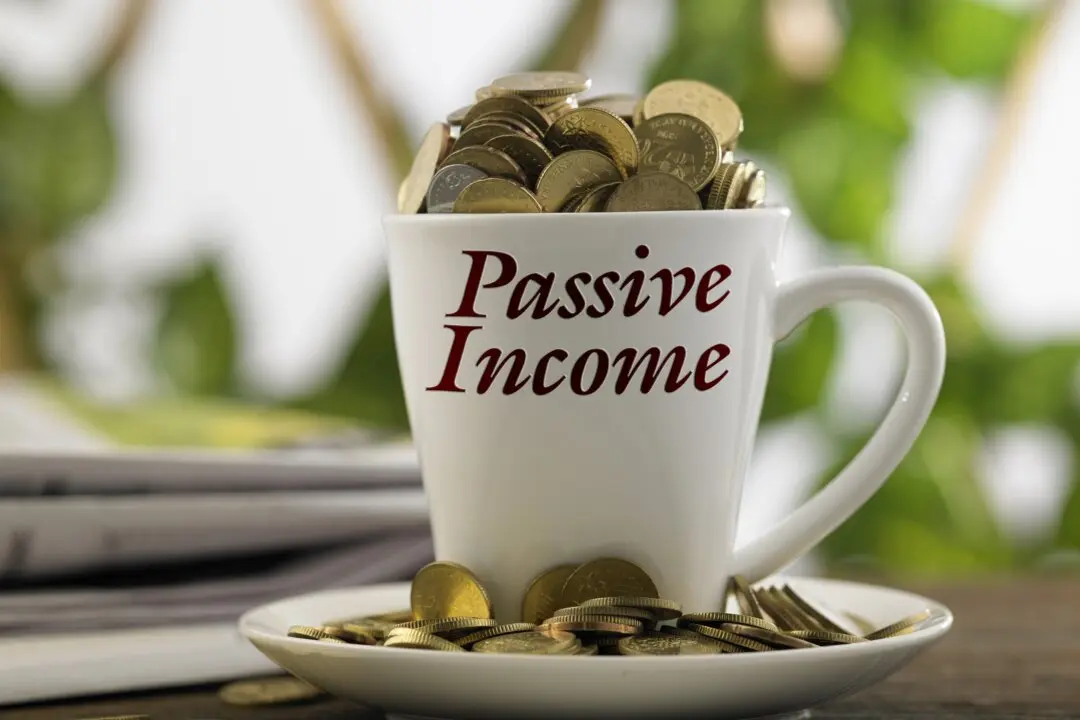We picture retirement as a time for relaxation, travel, and hobbies. Without a great deal of planning, however, this idyllic picture can quickly go south. While numerous factors play a role in ensuring a secure retirement, investing is paramount. After all, there are many common investing mistakes that even well-intentioned investors can make, which can ruin their golden years.
In this article, we will examine seventeen key retirement investing mistakes and the strategies for avoiding them.






